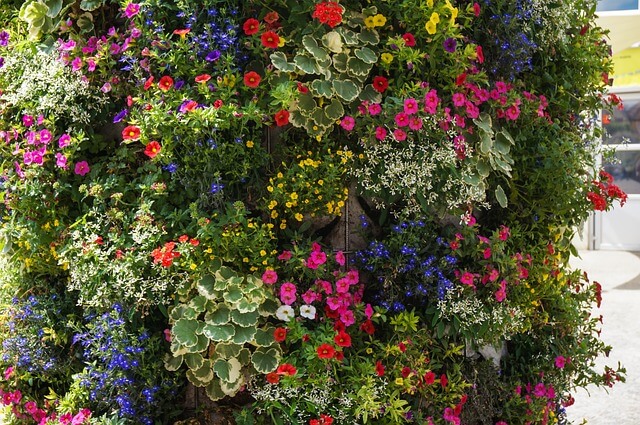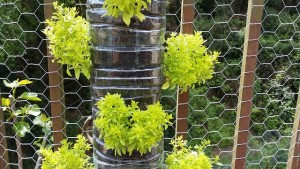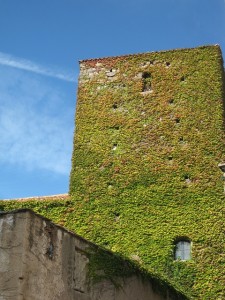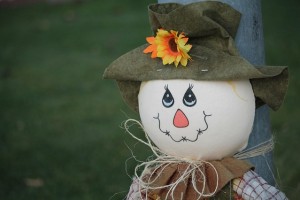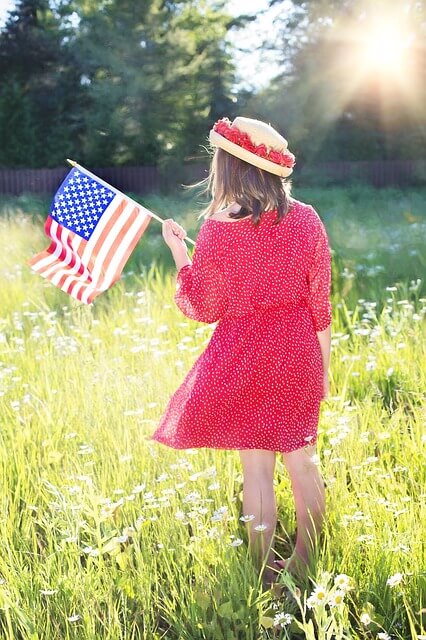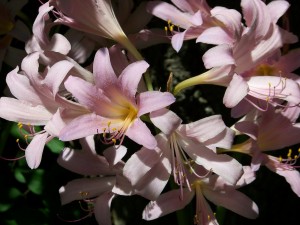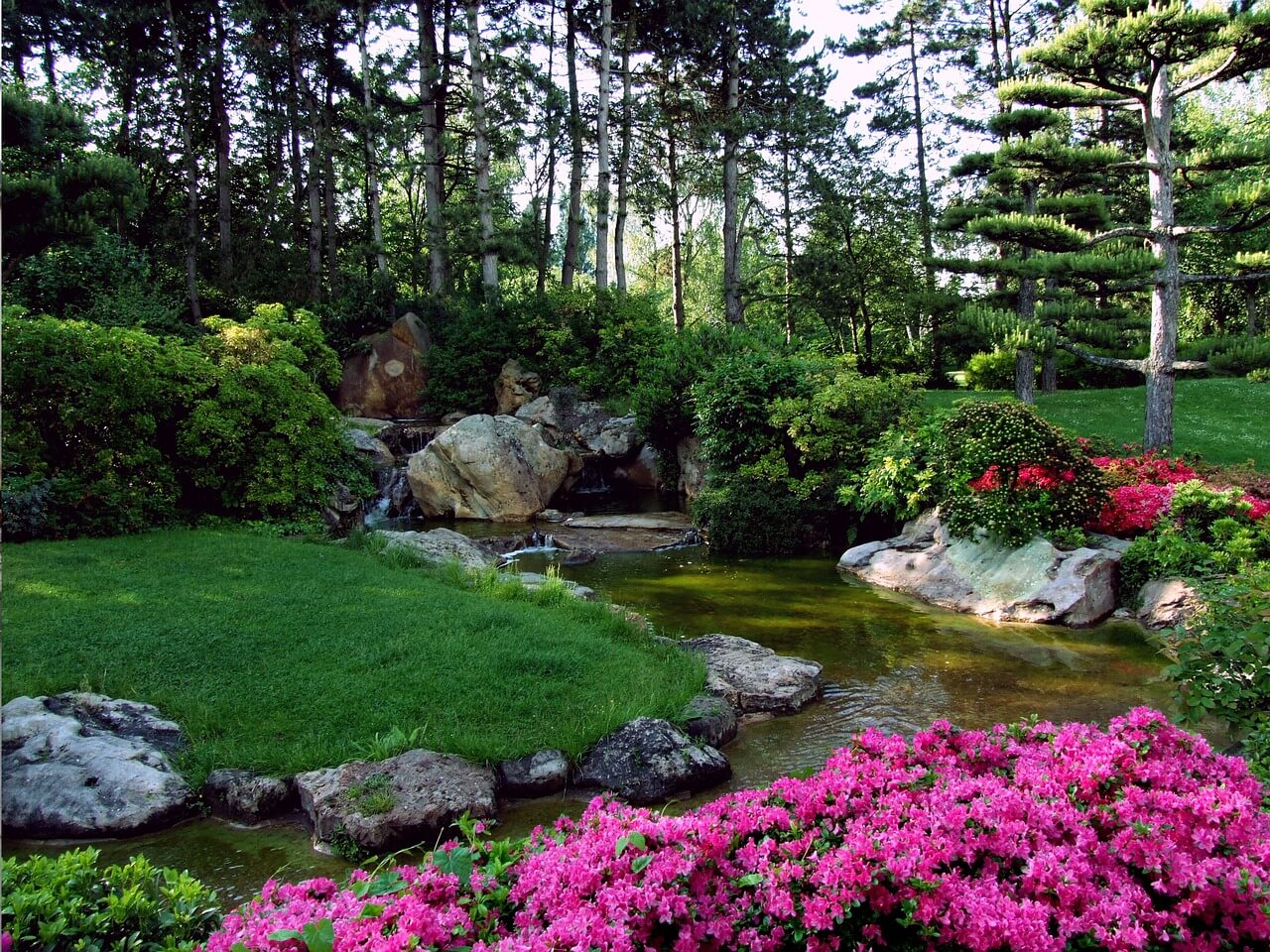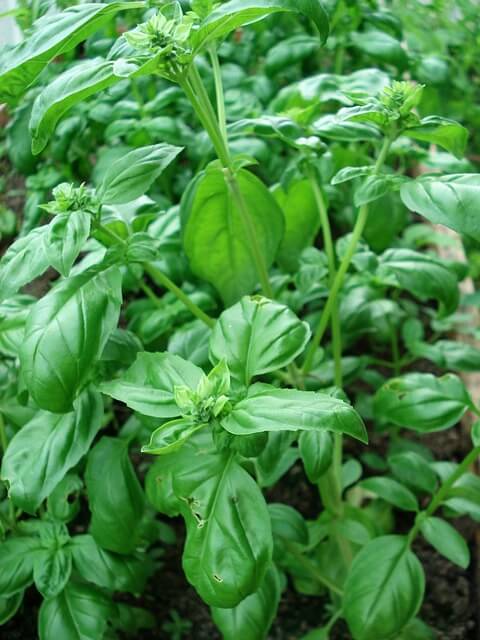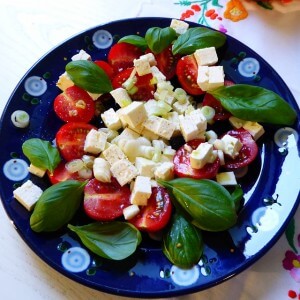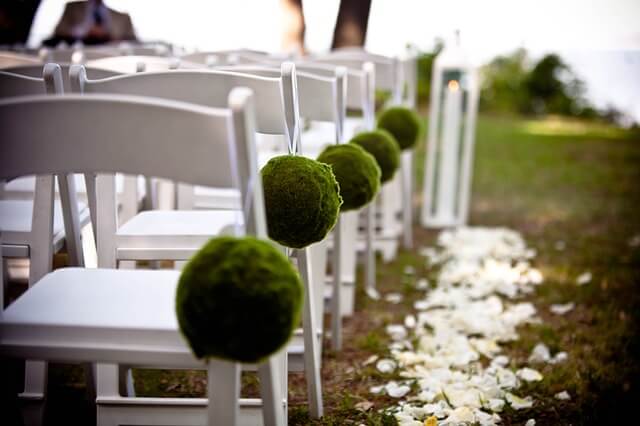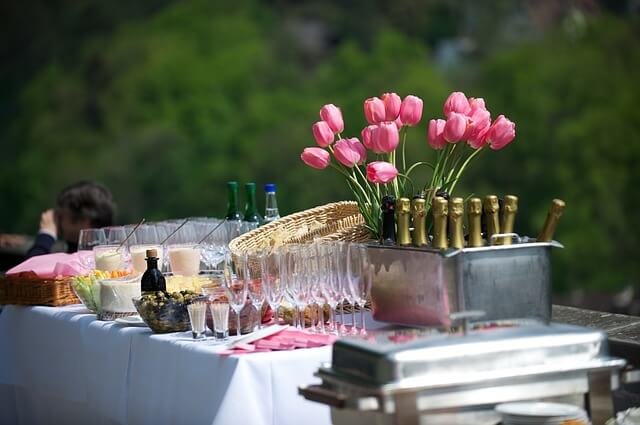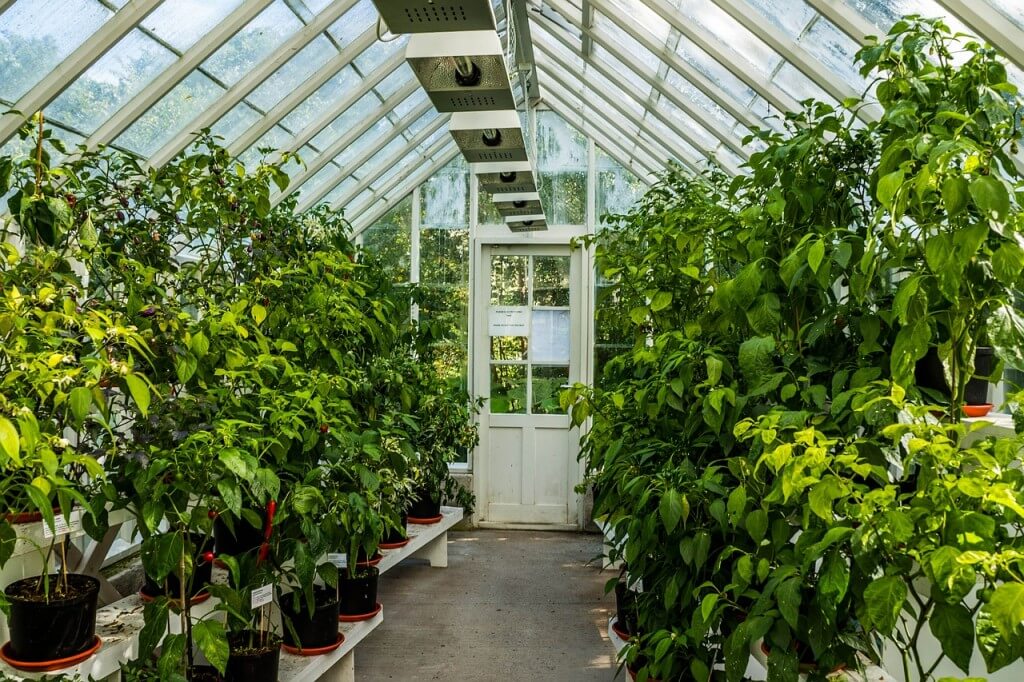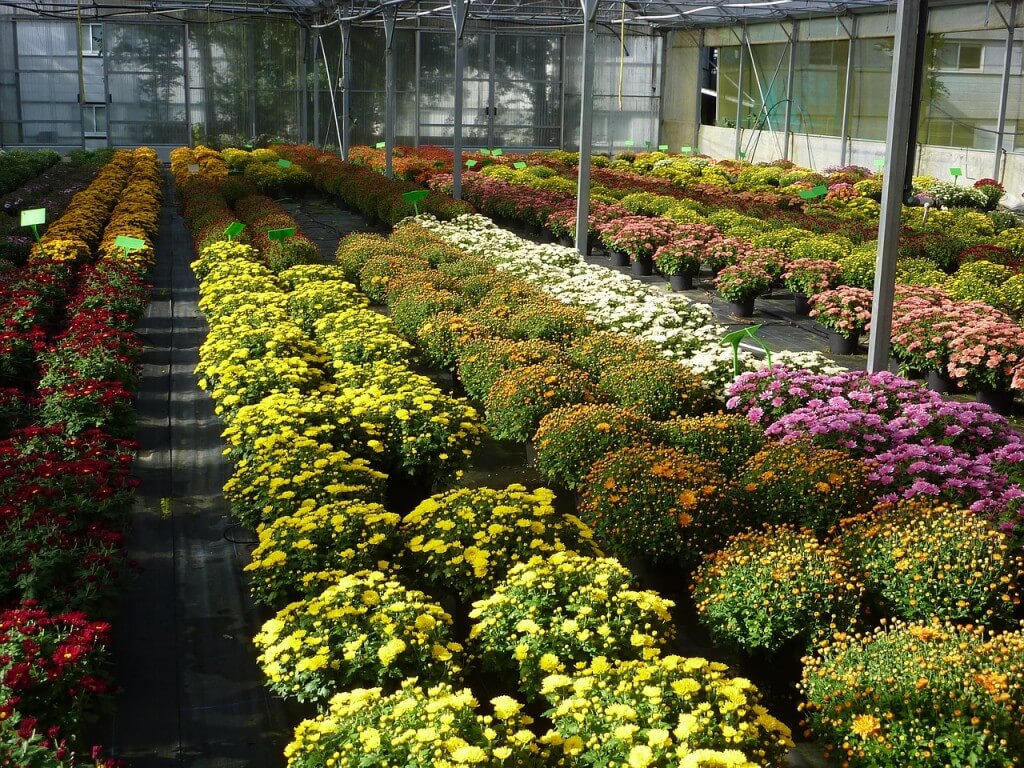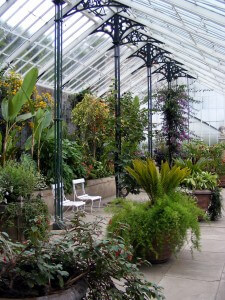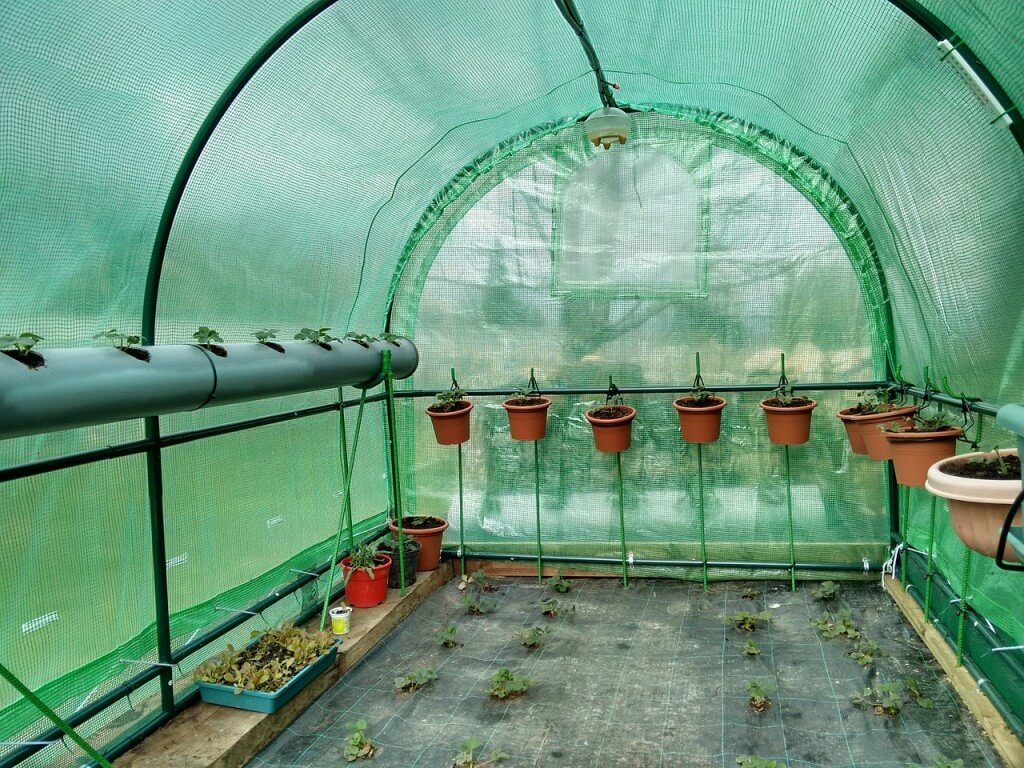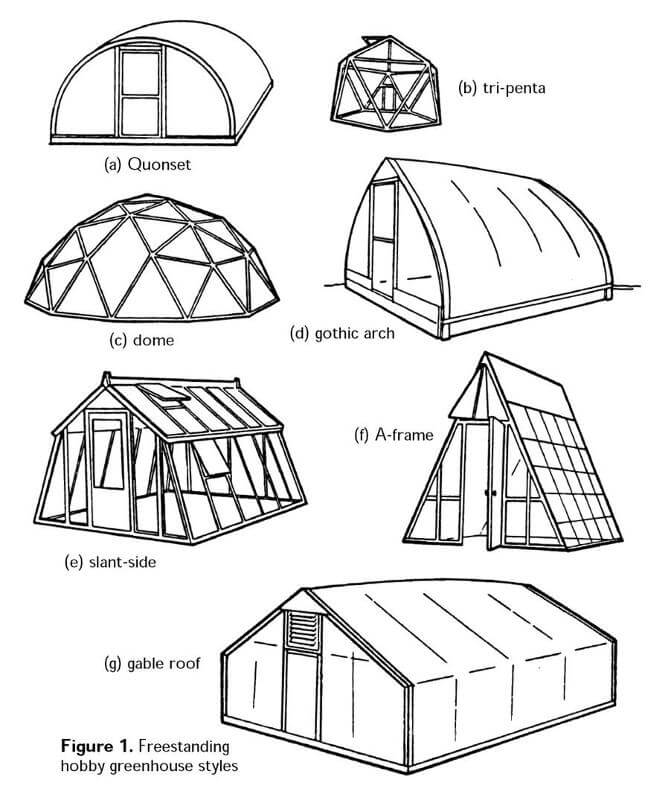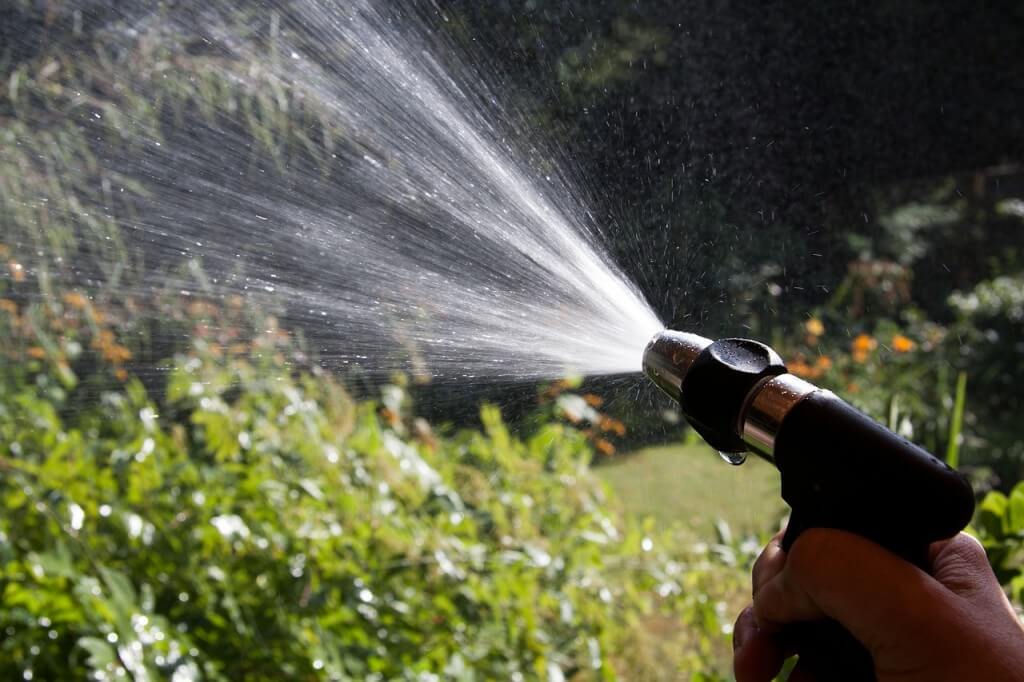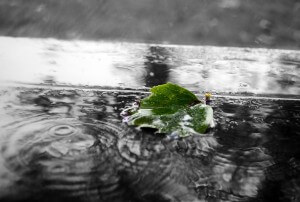Essentially, a vertical garden is exactly how it sounds; your garden will grow upwards versus lying horizontally on the ground. Trellises attached to the ground or to large containers allow you to grow flowers, vegetables, etc., just like a regular garden.
What are the advantages of a vertical garden?
- There are smaller beds to prepare and maintain. With horizontal gardening, there are spaces of soil between the plants that soak up nutrients that your plants could have. With vertical gardening, the size of the base will fit the size of the root perfectly.
- It saves space! If you don’t have a lot of space in your backyard, this is a great alternative. A lot of people use it to cover an unwanted view, like a beat up wall or fence.
- Fewer pests and diseases. Lifting your goods off the ground will make pests less destructive, and make it easier to spot an infestation if it appears.
- Reducing the soil footprint needed to grow plants while encouraging denser growth.
- Less pain on your own body make it easier to harvest. Harvesting flowers and fruit that are within waist and eye level prevent your back from feeling like it’s breaking!
The great thing about a vertical garden is that anyone can do it! With just a few materials, you can easily create your frame for under $15.
For instructions on starting your own basic garden, here are 9 steps to get yourself started.
Looking to get creative? Here are 39 Insanely Cool Vertical Gardens.
Whispering Springs Nursery wishes you luck on your vertical garden process! Please contact us today or stop by sometime to discuss how we can help you!



